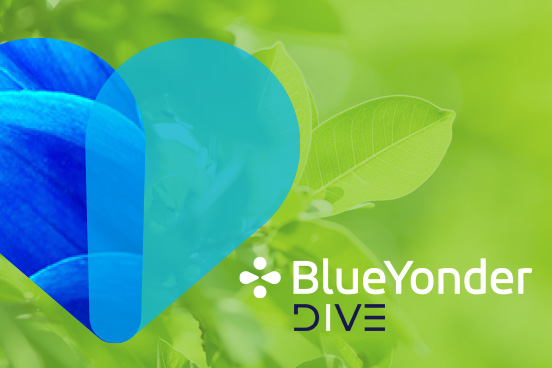
In today’s DIVE In blog Nina Lund, Retail and CG Lead at Microsoft offers her words of wisdom, drawing from her own personal and professional experiences. Nina focuses on how sustainability and equality go hand in hand to achieve a diverse and supported workplace. She highlights the importance of being an ally by offering your time and support, and how this can positively impact future generations of female leaders.
What does sustainability mean to you and how do you integrate it into your life?
Firstly, sustainability is at the top of everybody’s mind these days and it is the topic of many conversations. Sustainability is actually an expression that doesn’t accurately reflect our meaning of the word anymore — in fact, it was coined back in the 1700s in Germany (Nachhaltigkeit). I attended a thought-leadership session at the CGF a couple of years ago with environmental activist Alexandra Cousteau who taught us that we should be thinking of the imperative as one of restoration and rebuilding. Our current way of life is not “sustainable,” and we need to consider building new vocabulary around this.
July 29 was Earth Overshoot Day, the day when humanity’s demand for ecological resources and services in a given year exceeded what Earth can regenerate in that year. So equality, for me, is really part of that same equation — it’s clear that equality can generate better diversity which can generate better innovation to solve some of the biggest problems we have as a planet. In terms of sustainability and equality, there are many opportunities that come with a diverse way of approaching innovation.
Personally, I am extremely attentive to how and what I buy, consume and dispose of these days. It has never been so important to work together to create or even rebuild a more resilient world!
What does diversity and inclusion mean to you, both personally and professionally?
As a business leader, it means ensuring that every voice and every perspective is heard every day. It is really important to focus on that considering so much of what we do is centered around broadcasting a message. If every voice can be heard, we can create a much more diverse environment.
From a personal perspective, I think of my daughter’s path — she has chosen STEM and I worry about the obstacles that she will face in potentially male dominated fields. However, I remain very optimistic, because I myself have been supported by incredible, diverse leaders throughout my career.
It is important to remember that we are all responsible for promoting an inclusive environment.
What do you think are the biggest obstacles to reach a diversified workplace?
Diversification is hardest when we don’t confess to having the biases that we all inherently have. A lot of our biases are unconscious — we don’t know that we have them — they come through the filter of our own human experiences. Being super attentive to our own biases is key. There is also something to be said for really stopping before speaking and examining what is being assumed, to prevent any sort of biases shining through. We need to give ourselves a reality check.
If we focus on examining our assumptions and greeting everyone at face value, the sky is much bluer.
What advice would you like to share with other women that might help them reach their goals and push their own boundaries?
First, as a woman in the supply chain space, you have to work hard to promote yourself because of the aforementioned challenges that we have and also making sure your voice is heard. Throughout my career I always hold myself to my charted standard — I always try to help future female leaders. Every woman has to do work both on behalf of herself and future generations of female leaders.
My advice centers around these three thoughts:
- Remember to be empathetic; it’s important to build rather than confront. Learn to stand in someone else’s shoes, this will show things in a different light and help you understand other’s perspectives.
- Make sure you are an ally to many. When someone’s voice is not being heard, make sure to bring them back into the conversation.
- Finally, be generous with your time and support; it really pays back on a macro level and it has a ripple effect for so many.
What is your « why »? Why should we bring awareness to this subject?
For me, my why comes back to sustainability being part of the equation. We can’t have innovation if we don’t have diversity. We need diverse thinking to ensure appropriate innovation to save our planet. I would encourage everyone to figure out what their “why” is and remember to lean in to different trains of thoughts.
Watch Blue Yonder’s recent LinkedIn live session with Nina Lund.

